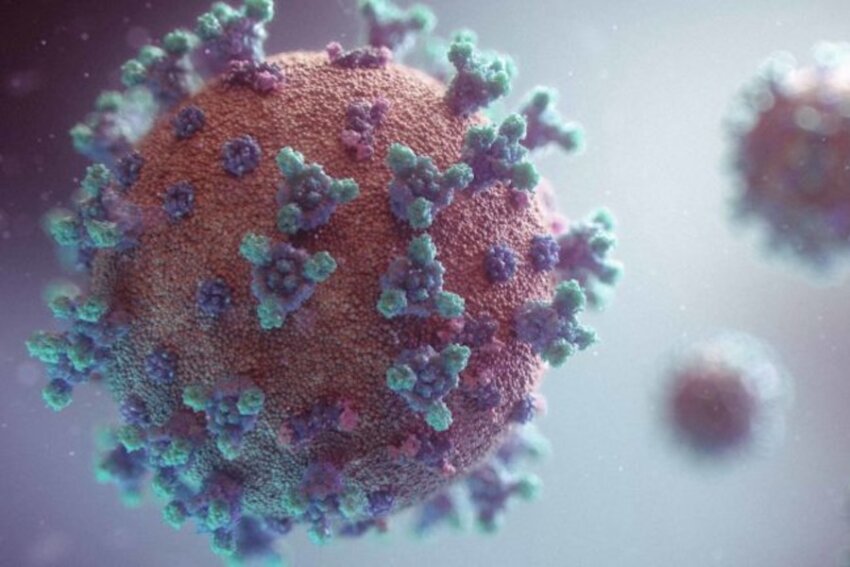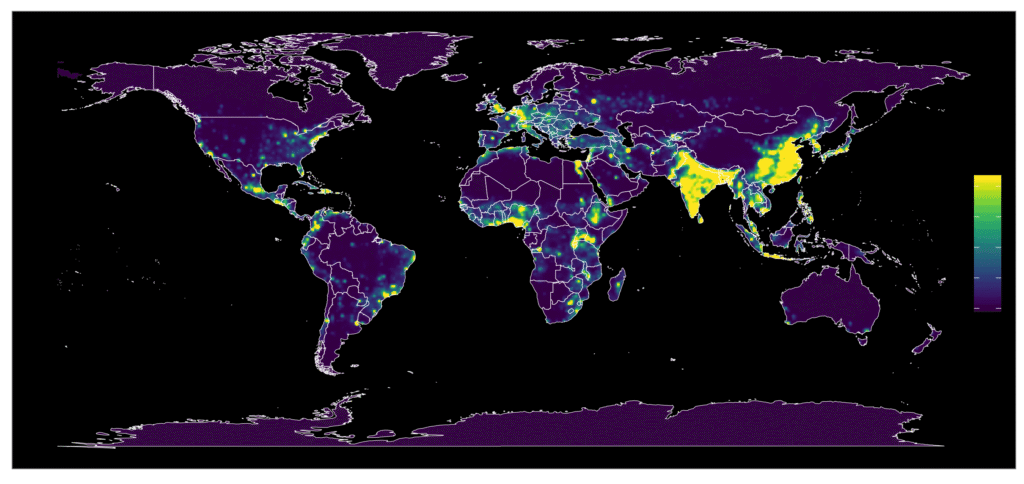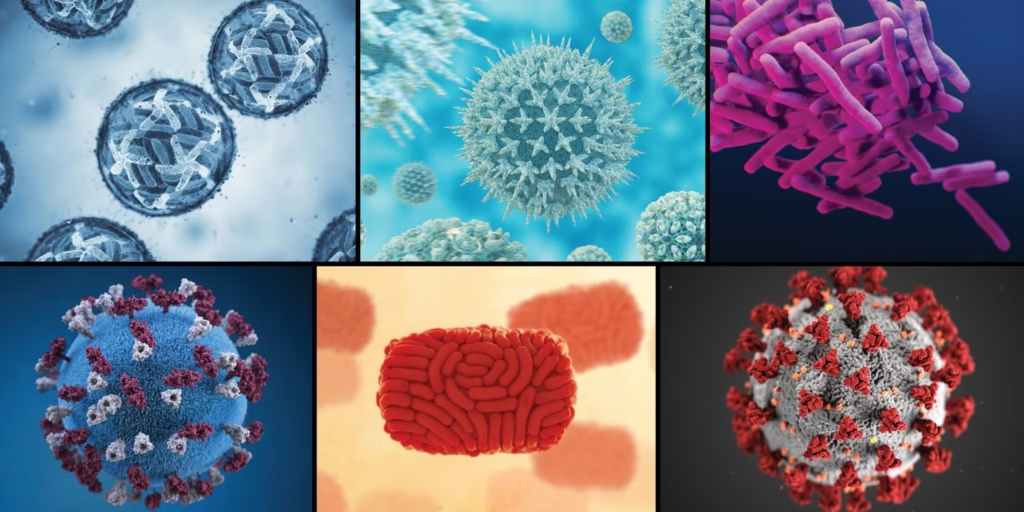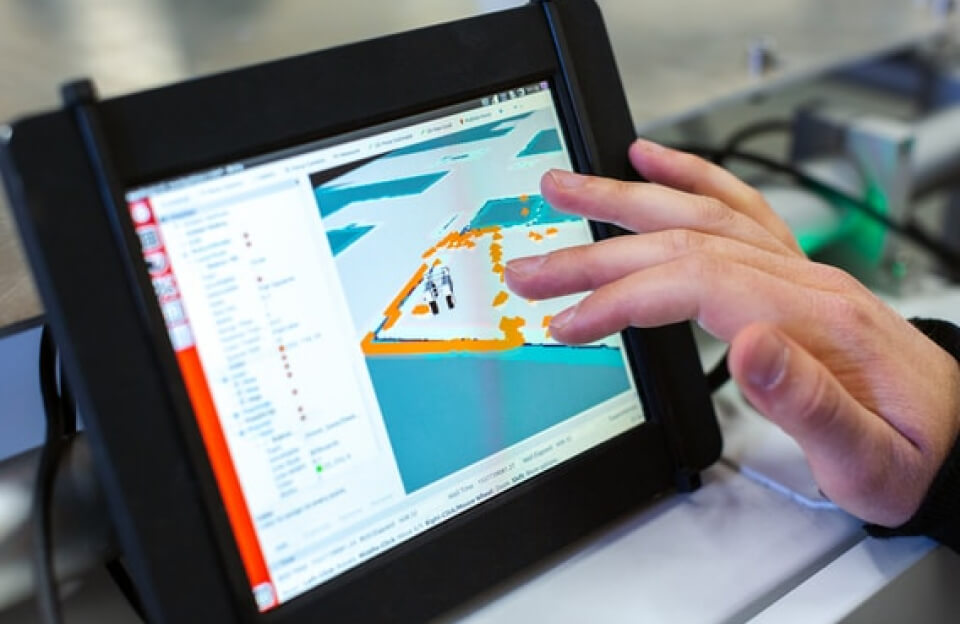The COVID-19 pandemic taught the world a hard lesson: outbreaks can escalate faster than expected, with devastating consequences. Now, scientists are closely monitoring H5N1 avian influenza, a virus that poses one of the highest risks for a future pandemic.
🧬 Why H5N1 is a Top Threat
- High Fatality Rate: H5N1 infections in humans have shown a mortality rate of up to 70%, making it one of the deadliest influenza strains known.
- Cross-Species Transmission: The virus has infected mammals, including pigs, cats, and even recently reported cases in cattle and horses. Each new host increases the chances of the virus mutating to spread efficiently between humans.
- Global Presence: H5N1 has been detected across multiple continents, including Asia, Europe, and North America. This wide distribution increases the risk of outbreaks spilling into human populations.
🔬 What Scientists Are Saying
Leading virologists and the World Health Organization (WHO) have classified H5N1 as a priority pathogen for pandemic preparedness. Researchers stress that while the virus has not yet gained efficient human-to-human transmission, its potential to do so makes it a serious concern.
- “H5N1 remains one of the most dangerous influenza viruses we track,” says Dr. Maria Van Kerkhove, WHO technical lead on influenza.
- Studies suggest the virus is only a few mutations away from becoming more transmissible among humans, highlighting the urgency of monitoring and preventive measures.
⚠️ Timing: Uncertain but Urgent
It is impossible to predict the exact timing of an H5N1 outbreak. Virus evolution, environmental factors, and human-animal interactions all influence when or if a pandemic could occur. Risk assessments indicate a continuous threat, meaning the world must remain vigilant today, not tomorrow.
🛡️ Measures for Preparedness
- Enhanced Surveillance: Monitoring poultry farms, wild birds, and high-risk regions to detect the virus early.
- Vaccine Research: Developing and stockpiling vaccines that can be rapidly deployed if the virus mutates for human transmission.
- Public Awareness: Educating communities, especially those in close contact with animals, on hygiene and preventive measures.
- Global Coordination: Strengthening international communication, data sharing, and rapid response networks to contain potential outbreaks.
🌱 The Call to Action
While we cannot predict when H5N1 might trigger a pandemic, we can prepare now. Governments, health organizations, and communities must invest in surveillance, research, and public health infrastructure to minimize the risk and impact of the next global outbreak.
As Dr. Anthony Fauci once emphasized: “Pandemics are inevitable, but catastrophic consequences are not—preparation is everything.”





